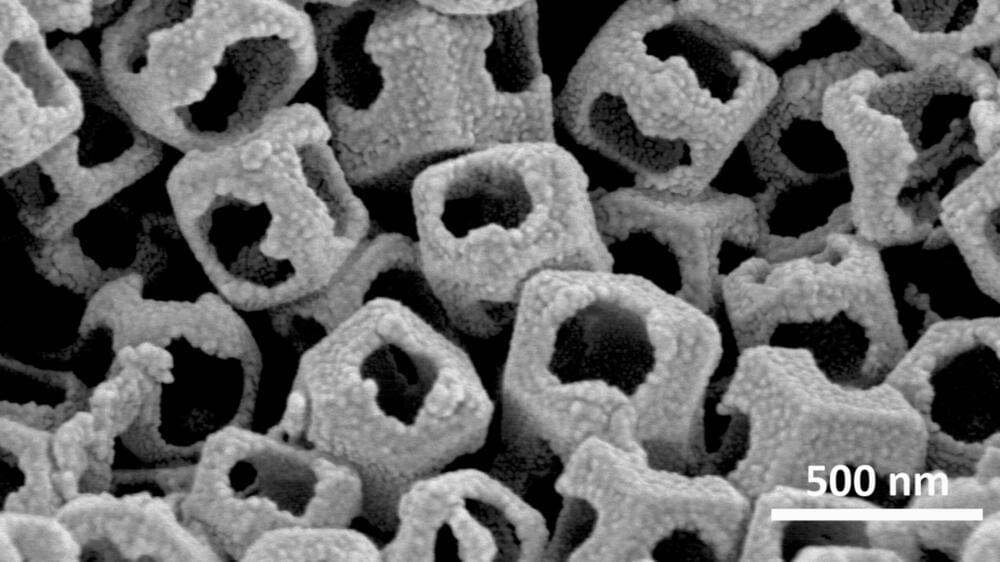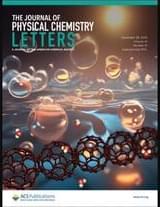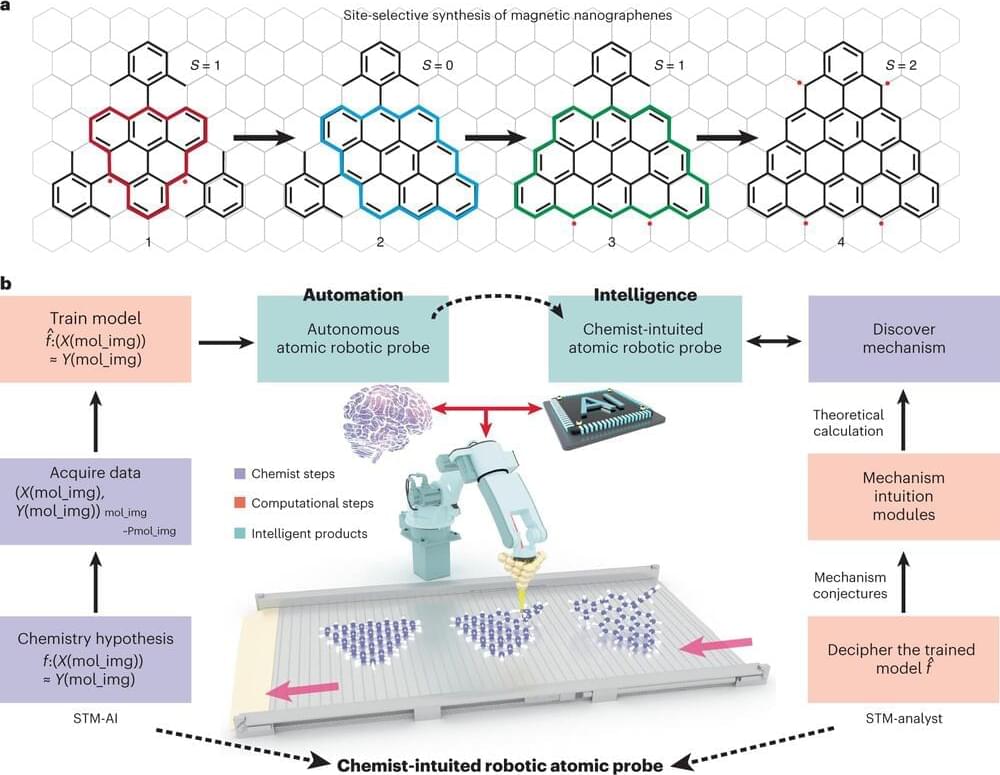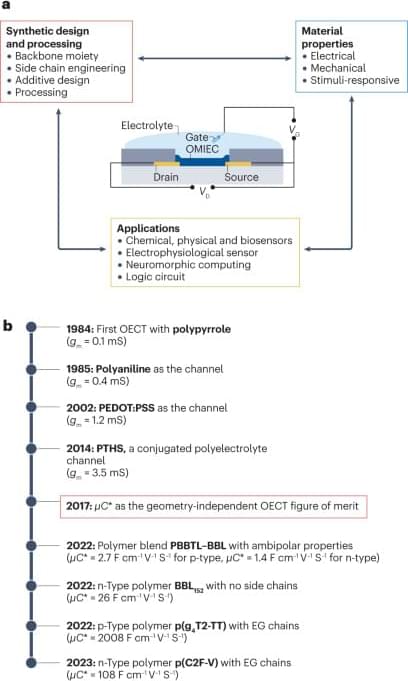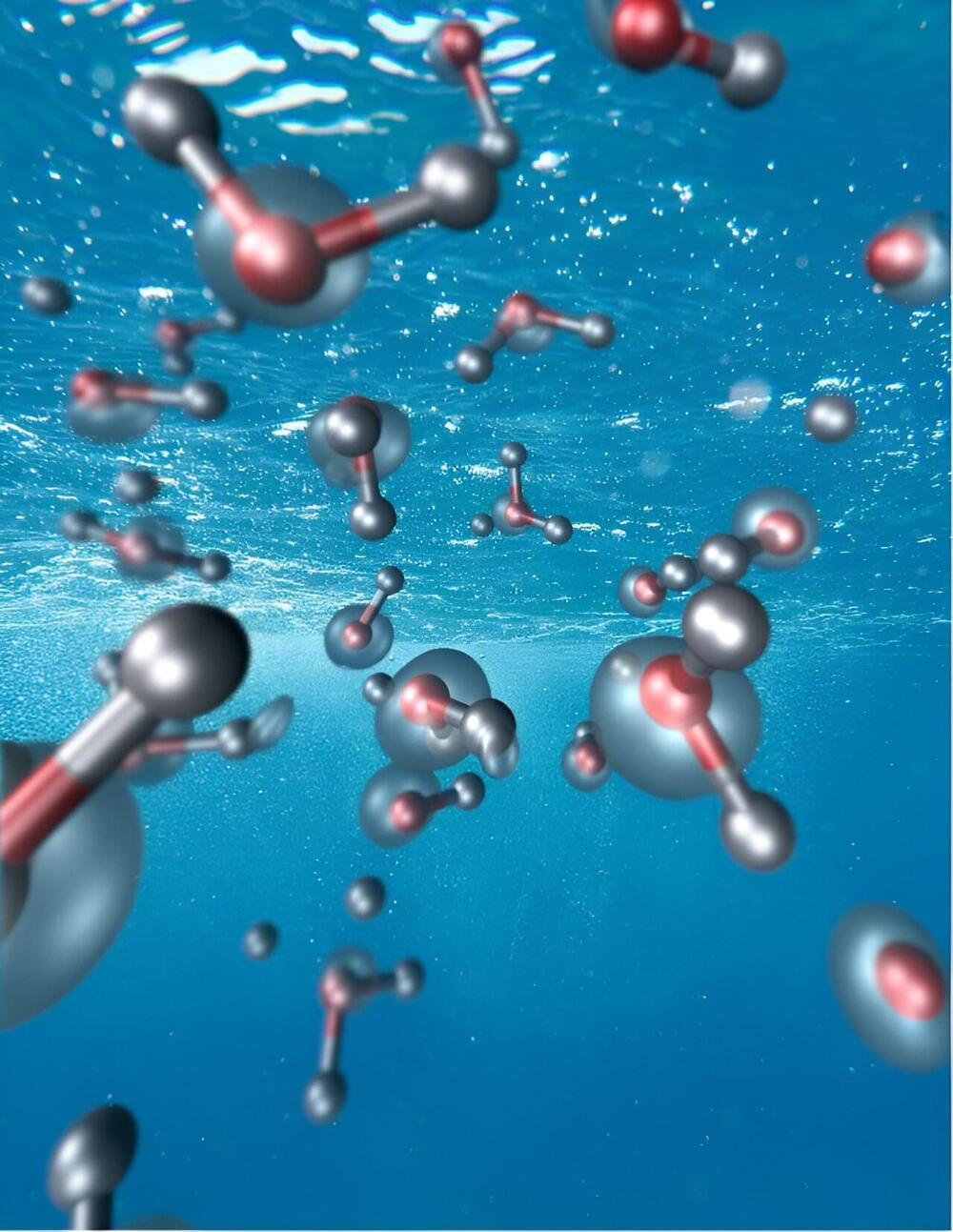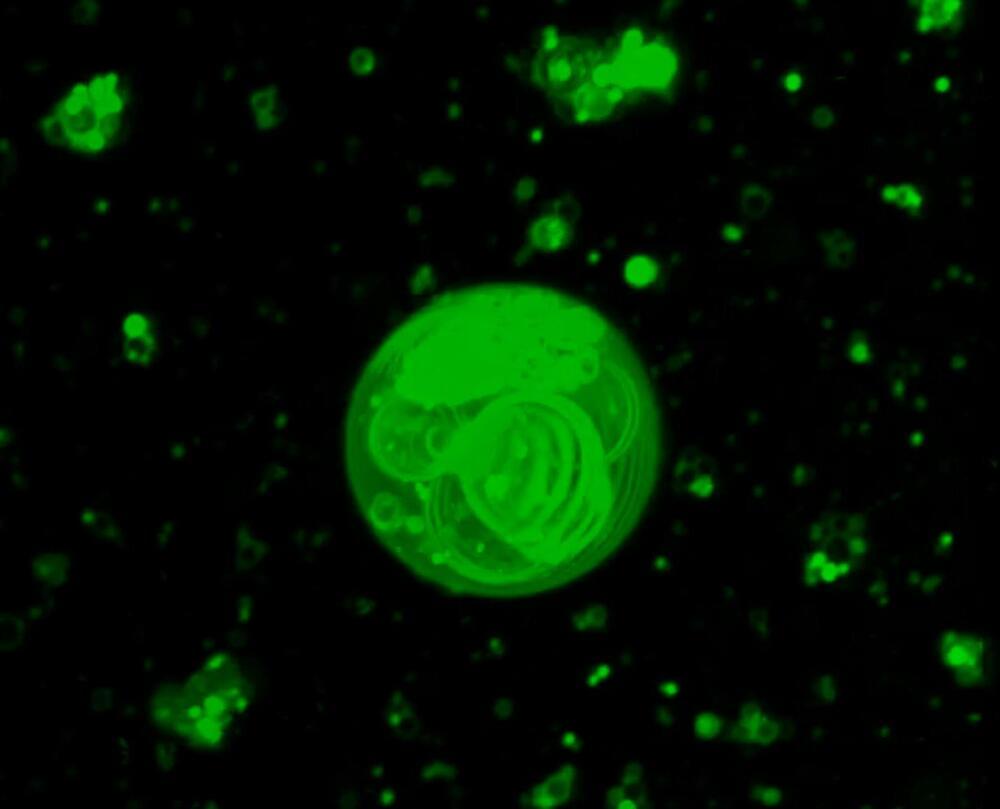Mar 2, 2024
Cold Chemistry is Different
Posted by Saúl Morales Rodriguéz in categories: chemistry, particle physics, quantum physics, space travel
Experiments demonstrate some of the unusual features of molecular reactions that occur in the deep cold of interstellar space.
Many common small molecules are formed in interstellar space, and their low temperatures are expected to have profound effects on their chemical reactions because of quantum-mechanical effects that are masked at higher temperatures. Researchers have now demonstrated some of these cold chemistry phenomena—such as the effects of molecular rotation and collision energy on reaction rates—in a reaction between a hydrogen ion and an ammonia molecule in the lab. The results, while intuitively surprising at first glance, can be explained by a careful theoretical analysis of the quantum chemistry.
Measuring reaction rates at low temperatures is useful for testing quantum-chemical theory because in those conditions molecules may occupy only a few well-defined quantum states. Such experiments could also offer insights into chemical processes in the cold clouds of gas in star-forming regions of interstellar space, where many of the simple molecules that make up solar systems are formed. But low-temperature experiments are difficult, especially for charged atoms and molecules (ions), because they are very sensitive to stray electric fields in the environment, which accelerate and heat up the ions.

